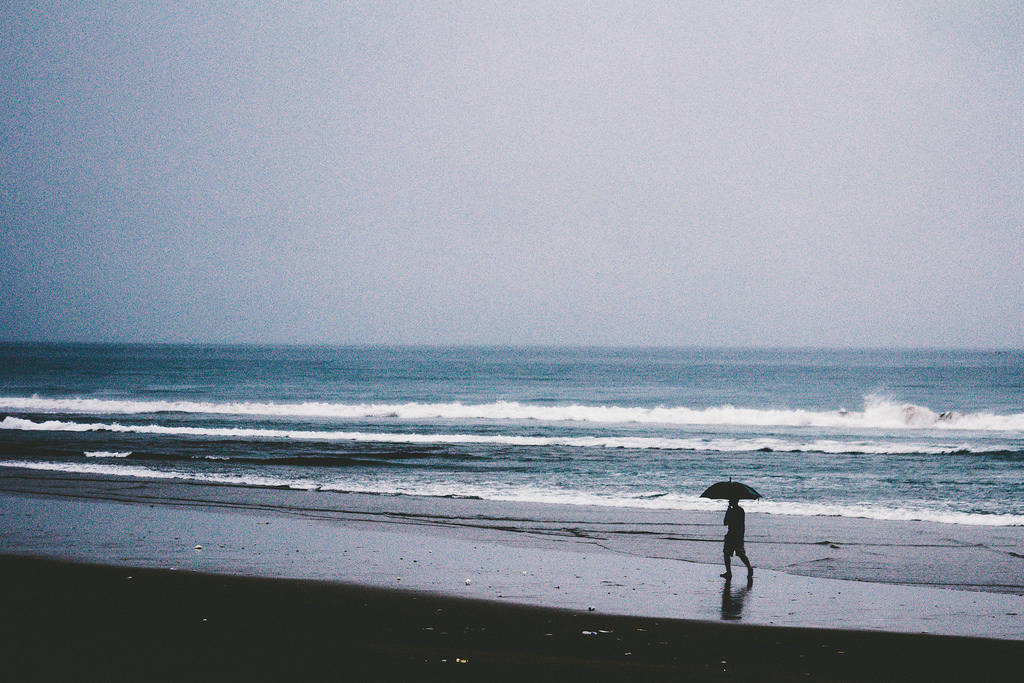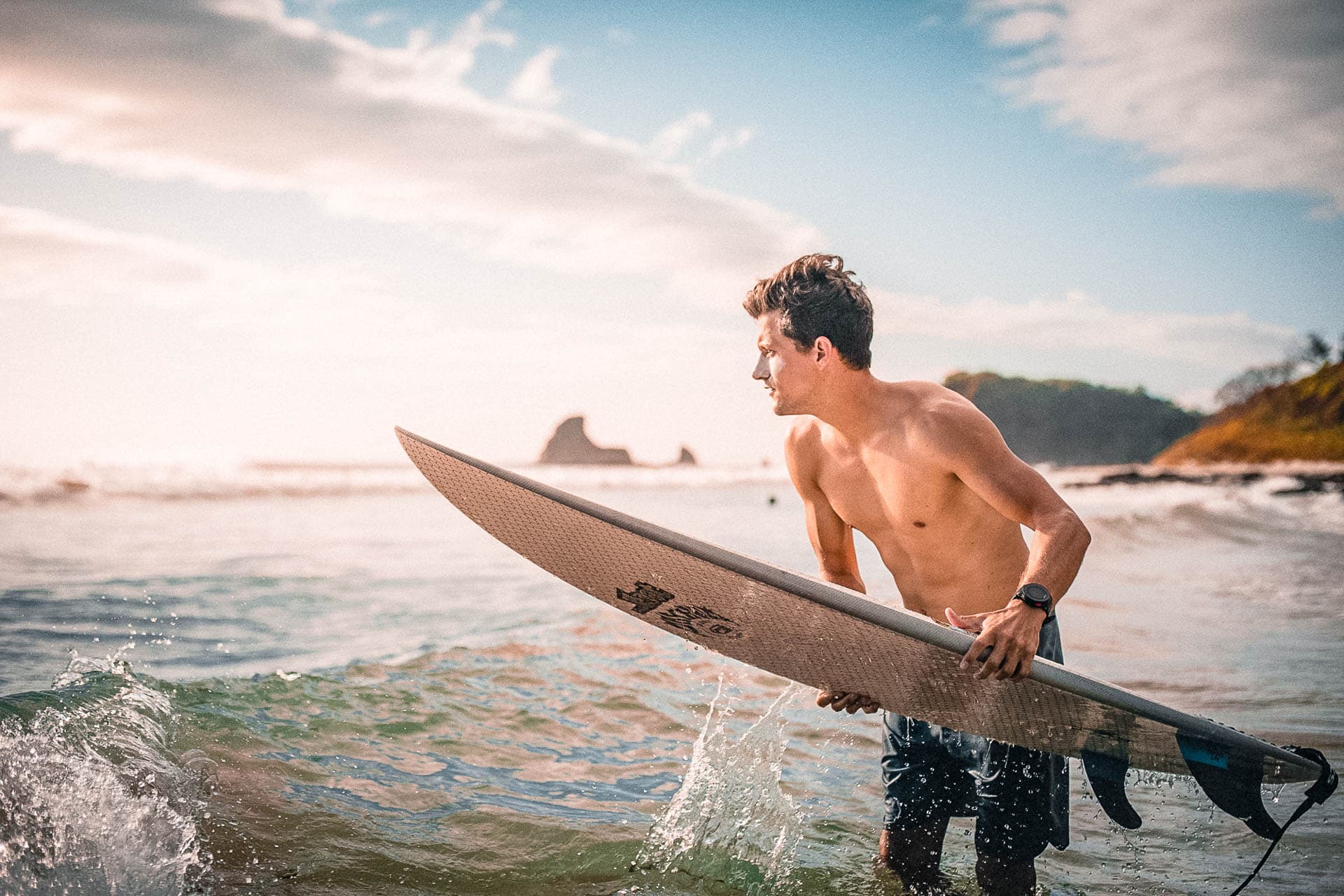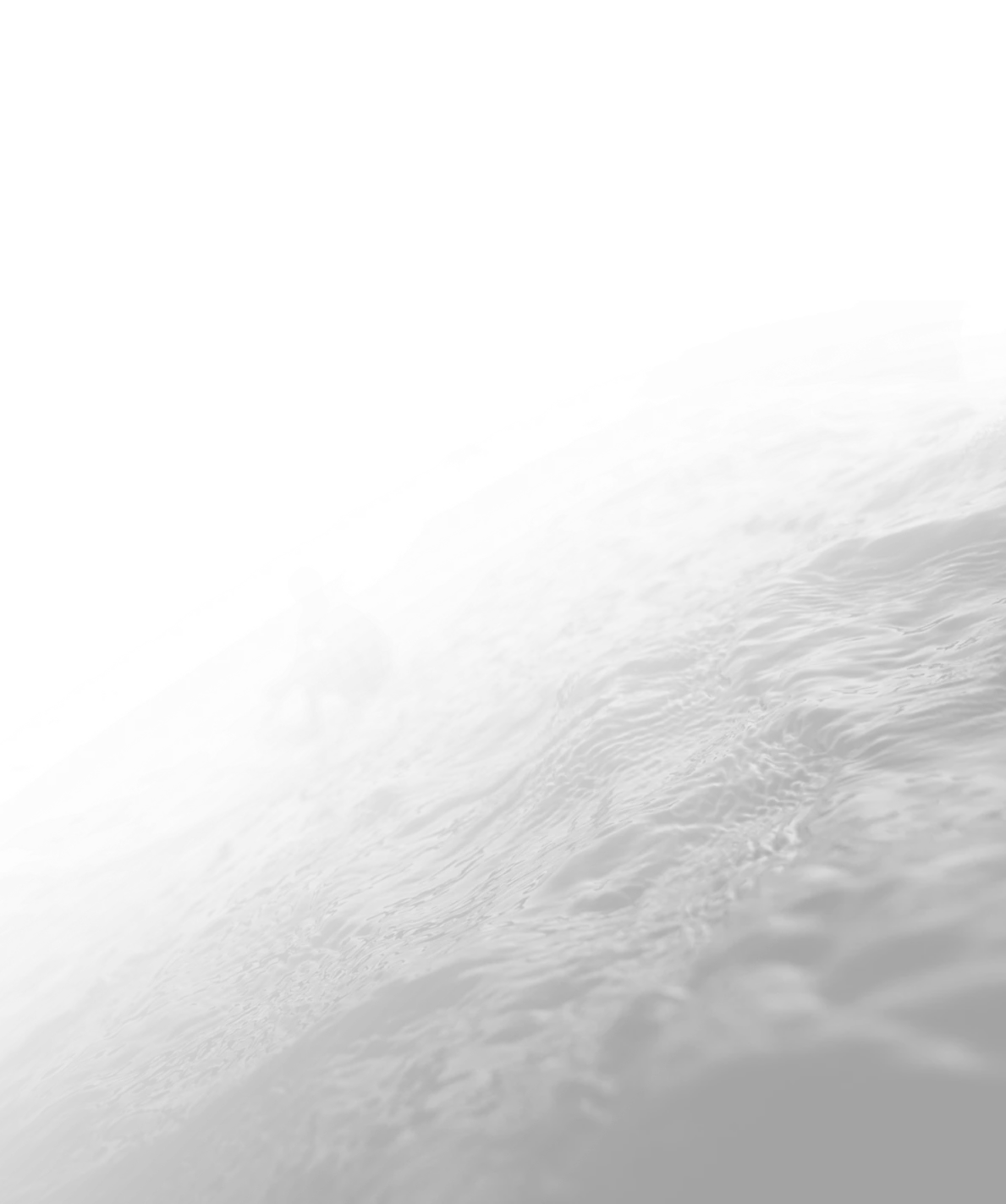Known alternately as the “off-season” or “wet season”, the rainy season provides a beneficial alternate time to visit Bali when you can avoid tourist crowds and busier surf spots of the dry months.
Don’t let frightening images of South and Southeast Asian monsoon rains scare you off. Bali’s weather during the wet season is considerably tamer, the worst conditions resulting only in minor floods and heavy winds, during which road travel should be avoided.
Also it is vital to know that the chances of rain may not be there at all some days, making the decision to come here during the rainy season seem like a stroke of genius. It is one of the best place to surf in November and in the couple of months afterwards.
When is Bali’s Rainy Season?
The core wet season in Bali lasts from November to March, with October and April sometimes being included or — along with May — referred to as “border months”. There are higher chances of rain on most days from December to February, but expect humidity to be high during all months of the season. For beginners, Bali is the best place to surf in November as you can consistently get small waves to get yourself familiar making the Bali wet season a good time to visit.
The winds also switch during seasons, opening up east coast breaks for some quality surfing during the rainy months. Dry season surfing is focused on the legendary spots like Padang Padang and Uluwatu on the west coast of the southern portion of the island, especially the Bukit Peninsula. Border months (and even the height of the wet season when the weather is good) can offer good waves and smaller crowds at these spots as well.
The Bali wet season is not just a good time to visit for surfing enthusiasts but also for those who like other kinds of water sports .Those that come to Bali for white water rafting also take advantage of the rainy season for what it does to the island’s rivers, especially the Ayung, a favorite for beginners and experienced rafters alike.
Benefits of Surfing Bali in Rainy Season
If you’re considering visiting Indonesia in November then surfing Bali during the wet months has to be on your list. Here are some pros to consider:
1. Cooler weather
While it will still be quite hot (sometimes even hotter than the dry season) rain can cool down the effects of Bali’s blazing sun and bring some much-appreciated relief.
2. Smaller crowds
If sharing space with lots of tourists isn’t your thing, then then Bali wet season surfing might be a good time to visit for you. All the typical pains associated with the high season, such as heavy traffic, crowded beaches, tourism sites, bars and restaurants will be considerably more manageable. You might even find a deserted beach!
3. Fewer distractions
Come to Bali to truly get away from the chaos of modern life? If you don’t like noisy parties, packed clubs or the bar scene, a bit of wetness will help you to relax and keep things quiet. It’s also more relaxing!
4. Nature’s beauty is at his best in Bali (November to March)
The rains bring life to the landscape of this lush island. Vegetation never looks so gorgeous and vivid or smells as fragrant as when it’s wet and well-watered. Places like Mount Batur especially become a captivating destination for visitors. The lush greenery and misty atmosphere create a mystical ambiance that adds to the charm of the experience. While trekking up the volcano can be challenging, the cooler weather and occasional rain showers provide relief from the heat and make the journey to Mount Batur more enjoyable.
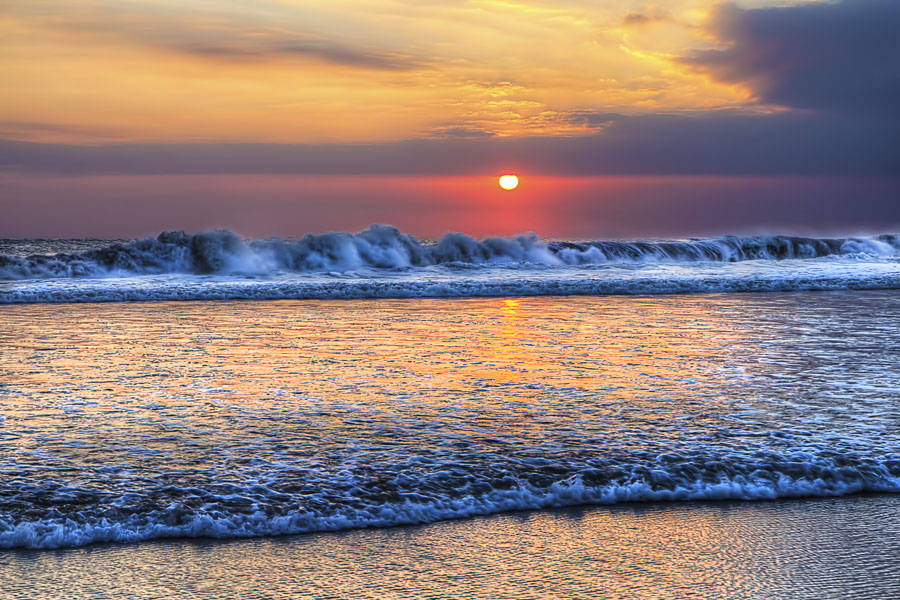
Where to surf in Bali during the wet season?
During the rainy season, November to March, the east coast of Bali is generally better. Bali’s rainy season is when the winds change and west coast surfing gives way to lots of great east coast breaks. These come mostly in the form of right-handers (as opposed to the left-handers of the west coast/high season waves) and some have very good consistency.
Which are the best spots to surf during the rainy season in Bali?
1. Keramas
One of the better known east coast breaks on Bali is Keramas beach. It’s a right-hander that provides big and fast waves, as well as deep tubes. Pros and expert surfers are eager to attempt its tricky swell. Keramas is also the site of international competitions.
If you want to avoid the bigger crowds head out in the early morning. Be careful with the reef and rock bottom!
2. Green Bowl
Rustic and unspoiled, Green Bowl (also known as Green Ball or Green Balls) lies somewhat off the beaten path. As for now there are still no businesses on the beach so make sure you bring your own water!
You can find Green Bowl at the centre of the southern coast of the Bukit Peninsula (near Bali Cliff resort). It works best during the wet months and getting to the actual spot is a bit of a hike – 327 steps, if want to know exactly.
Suitable for experienced surfers and up, on a good day Green Bowl provides waves of 4 – 6 feet (1.2 – 1.8 m). If you come during a weekday you may even have it all to yourself!
3. Nusa Dua
Situated on the east coast of the Bukit, this popular wet season wave is also a decent surf spot for beginners when accompanied by an instructor, though novices should sit out big wave days and beware of the strong current.
Nusa Dua is a reef break, with the reef some 500 meters offshore. The west/northwest winds provide solid swell and form a excellent wave of 4 – 10 feet with some nice tubes. These waves make Nusa Dua perhaps the most popular Bali rainy season surf spot, though the big wet season crowds do not rival those of the dry months.
4. Serangan
Like many of Bali’s famous spots, Serangan was once “secret”. However, this gem of wet season surfing is growing in popularity. Located off the east coast of Pulau Serangan or Turtle Island, Serangan is about an hour’s drive from Kuta. You can’t miss the spot, because of its large stone jetty.
A reef break, waves can reach 4 – 6 feet (1.2 – 1.8 m) with a southerly swell, providing a mix of lefts and rights. Surfers of all levels surf Serangan, but the sharp rocks and coral are something to look out for.
5. Sanur
North of Serangan and southeast of Denpasar, Sanur is a double reef location, with both Sanur reef and Tandjung. The spot is off a nice white sand beach so expect crowds. Make sure you respect the locals while you are there and beware of the sharp rocks and coral slab.
Sanur’s wave is a nice right-hander that can reach 4 – 6 feet on good days, resulting in some decent barrels. Although it’s not very reliable, it’s still a popular spot and there are good waves to be had. Experts love the right edge of the spot, whilst beginners or intermediates surf the left side.
6. Sri Lanka(not the country!)
Not to be confused with the country of the same name this surf spot is another right-hand break that is suitable for all levels of surfer. Sri Lanka, Bali isn’t the most consistent spot, but when it works it’s great. Only surfable at half tide and up, some consider Sri Lanka a generally fun and easy wave. Although it’s sometimes challenging and even dangerous, considering the shallow coral reef.
Sri Lanka lies in front of Club Med, near Nusa Dua. It provides some more manageable conditions when Nusa is too intimidating. If you are not staying nearby, accessing it may be a bit time-consuming.
Other Bali Rainy Season surf spots include Hyatt Reef, Niko Beach, Mushroom Rock, Geger Beach and Ketewel.
If you’re looking for a bit different of an experience in Bali the “wet season” may have just what you need. And if you live in the northern hemisphere, it’s also a safe haven from cold winters.
Exploring Bali’s surf spots is an adventure like no other, and understanding the island’s seasons can make all the difference. So, when is the wet and dry season in Bali? Knowing when to catch the best waves is key. The ideal time to visit Bali would depend on your surfing skills. Now, whether you’re a beginner or a seasoned pro, there’s no better way to experience Bali’s surf paradise than with Rapture Surfcamps, Bali.
Ready to ride the waves in Bali’s wet season?
Join us at Rapture Surfcamps Bali at Green Bowl and Padang Padang where surf dreams come true. With expert surf instructors, comfortable accommodations, and a vibrant surf community, we’re your gateway to the ultimate Bali surf adventure all through the year.
Book your stay with us now and experience the magic of Bali’s wet season surfing!
Hear What Rapture Surfcamps’ Guests Have To Say
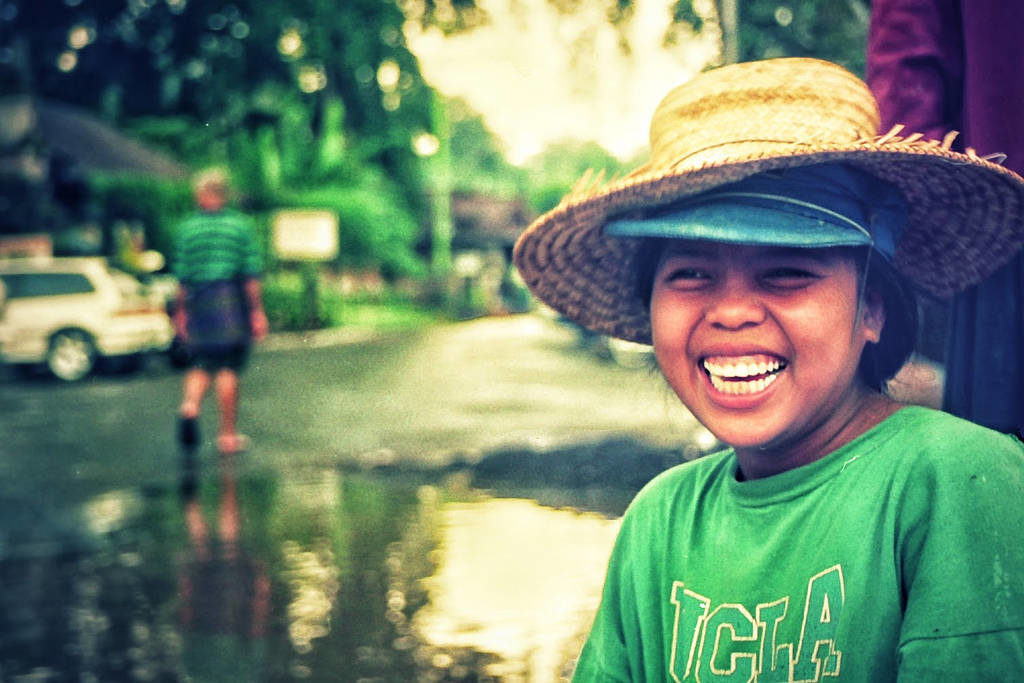
Visit us in Bali during the wet season GREEN BOWL
Surf world-famous waves and fall in love with the island’s unique culture and cuisine
If you’re looking for a bit different of an experience in Bali the “wet season” may have just what you need. And if you live in the northern hemisphere, it’s also a safe haven from cold winters.
CHECK OUR SURF CAMPFAQs
Yes, it is recommended to surf in Bali during the rainy season if you are looking for a crowd-free surf experience. While the weather can be unpredictable, there are still plenty of good surf spots, and the waves can be quite enjoyable.
The rainy season in Bali typically occurs from November to March. However, the intensity and duration of rain can vary, and not every day will be characterized by heavy rainfall.
The rainy season can bring larger swells and more consistent waves to Bali, making it an ideal time for surfers seeking challenging conditions. However, it’s essential to be aware of potential hazards such as strong currents and debris washed into the ocean by heavy rains.
Besides the usual surfing gear, pack a lightweight rain jacket, waterproof sunscreen, and insect repellent. Quick-dry clothing is also recommended, as you may encounter sudden rain showers.
Yes, many surf schools including Rapture Surfcamps in Bali continue to operate during the rainy season. However, it’s a good idea to check with them in advance and confirm lesson availability based on weather conditions.
It’s advisable to book accommodation in advance, especially if you plan to visit popular surf spots. The rainy season can attract fewer tourists, but it’s better to secure your stay to ensure availability.
